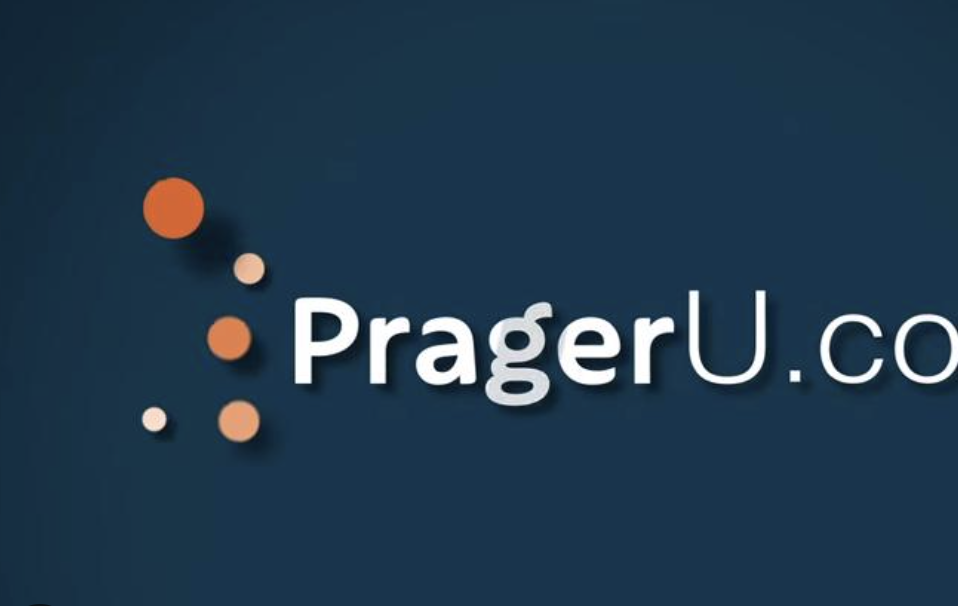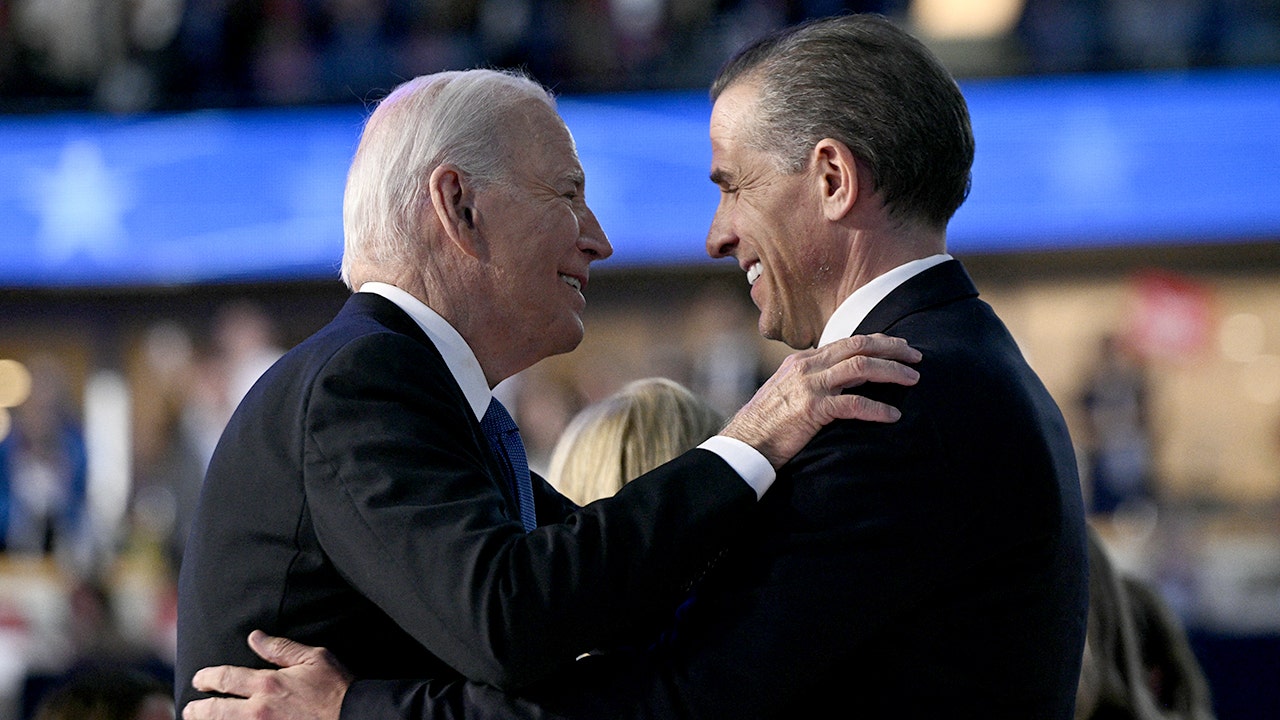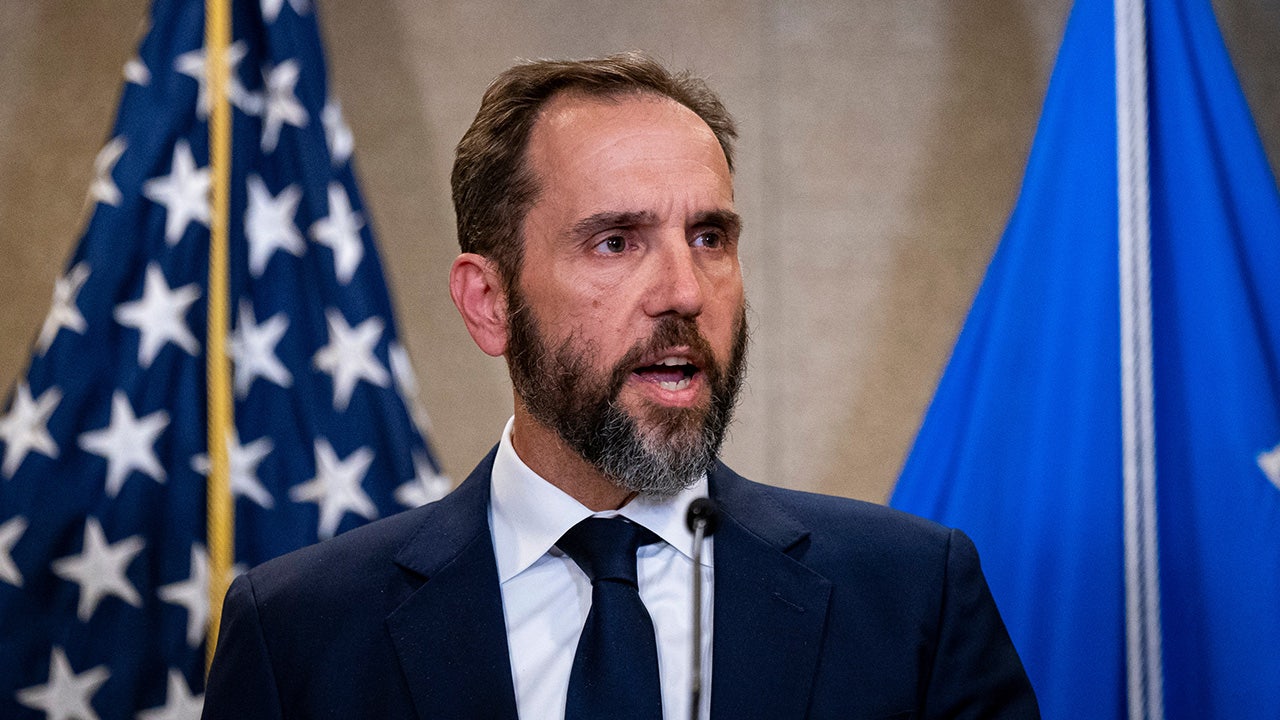WASHINGTON — The government shutdown is creating a lot of uncertainty and disruption for Alaska Native communities, and for tribal organizations that administer federal programs.
These include SNAP, for food assistance, and the Low Income Home Energy Assistance Program, which subsidizes energy bills.
Ben Mallott, president of the Alaska Federation of Natives, said the prospect that both of those programs would run out of money, just as winter begins, puts some Alaskans in a life-threatening bind.
“Without LIHEAP, without SNAP, our communities, our tribal citizens will have to decide between fuel and food,” he testified to the Senate Indian Affairs Committee Wednesday.
During the pandemic, the Federal Subsistence Board allowed emergency hunting to improve food security. Now, with the government shutdown, Mallott said the Subsistence Board can’t even meet to consider it.
Since the second Trump administration began, advocates for Native American and Alaska Native people have stressed that programs that help them aren’t D.E.I. initiatives but the result of promises, treaties and laws. Now, between the administration’s cuts to government services and the shutdown, they say the government is dodging its responsibilities.
Hearing witnesses said tribal Head Start programs will run low on money if the shutdown extends into November, and that many agency experts tribes normally turn to have lost their jobs.
Pete Upton testified about the Trump administration’s plan to abolish a fund at the Treasury Department called the Community Development Financial Institutions Fund. Upton runs the Native CDFI Network, whose Alaska members include the Cook Inlet Lending Center. He said tribal communities are often in banking deserts.
“Native CDFIs are typically the only financial institutions serving these communities, providing access to capital, credit and financial education where no alternative exists,” he said.
Early in the shutdown, the Treasury Department fired the entire staff of the CDFI Fund. With no one at the federal office to certify the CDFIs, Upton said it’s hard for the community finance organizations to attract private-sector and philanthropic investment.
Certification is “a stamp for investors to say that ‘you are investable,’” Upton said. With it, “we bring in private capital at a rate of eight to one.”
Sen. Lisa Murkowski, chair of the Indian Affairs Committee, said tribes face enormous uncertainty as the stalemate in Congress nears the one-month mark.
“We can’t figure out the path forward right now on our spending bills, although I am a little bit more optimistic on that today,” she said.
She didn’t elaborate but said earlier this week that senators are engaged in productive talks.
































